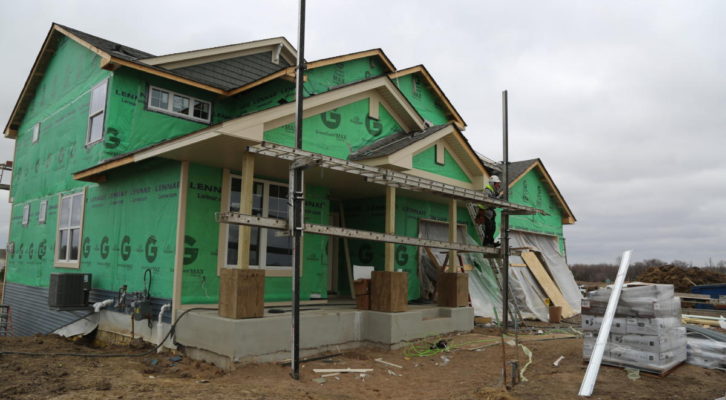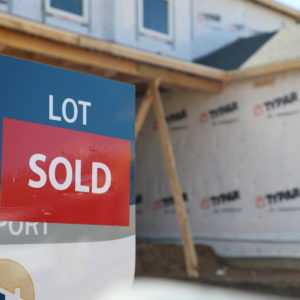With the new 2020 Building Code now in effect, the Minnesota Department of Labor and Industry has published a list of substantive changes.
Administration and Definitions
- Adds a definition of transient and directs code users to the IBC for requirements for dwellings intended for transient use
Sections R 310.1 and R310.6 provisions for emergency escape and rescue openings for new and existing basements
- Emergency escape and rescue openings are required in new basements and bedrooms created in existing basements unless the entire basement area, all portions of the means of egress to the level of exit discharge, and all areas on the level of exit discharge are protected with an automatic sprinkler system
Sections R314 and R315 Smoke Alarms and Carbon Monoxide Detectors
- Existing homes are permitted to be equipped with battery-powered smoke alarms and carbon monoxide detectors that are not interconnected unless alterations or repairs result in the removal of interior wall or ceiling finishes
- Hardwired, interconnected smoke alarms are not required in existing homes where the basement or attic provides access to the hardwiring
- New homes continue to be required to have hardwired, interconnected smoke alarms
Table R402.2 Minimum specified compressive strength of concrete
- Clarifies that 5,000 psi concrete is not required for post footings decks or porches, wood foundations, slab-on-grade foundation walls and footings for floating slabs
Section 404 Foundation and Retaining Walls
- Table R404.1(1) includes prescriptive requirements for foundation walls up to 10 feet in height
The 2020 Minnesota Residential Code also includes these significant changes from the 2018 IRC:
- Section R301.2.1 Wind design criteria require dwellings to be constructed using ultimate design wind speed (Vult) instead of basic wind speed (Vasd). Table R301.2.1.3 provides conversions from Vult to Vasd. The actual design wind loads will be equal or slightly less using ultimate wind design speed instead of basic wind speed.
- Section R324 Solar Energy Systems adds new provisions solar energy systems. Roof-mounted solar PV systems must allow for roof access, including access pathways from the lowest roof edge to the ridge and setbacks at the ridge.
- Section R507 Exterior Decks reorganizes and clarifies requirements for decks, including requirements for materials and fastener and fastener connections.
- Appendix Q addresses tiny houses by providing certain allowances for homes less than 400 square feet in size.
Read the entire Chapter 1309, 2020 Edition.















